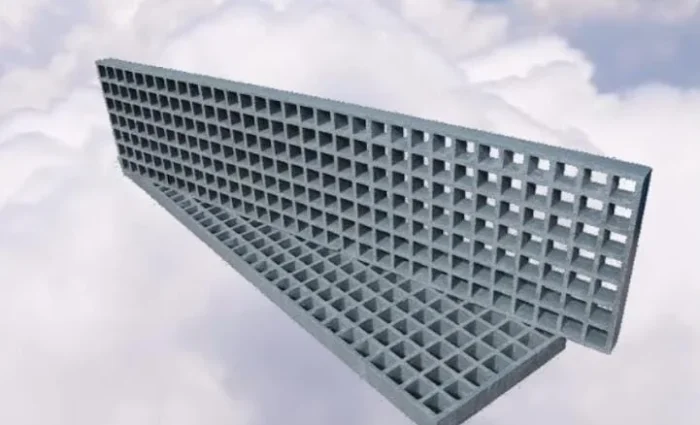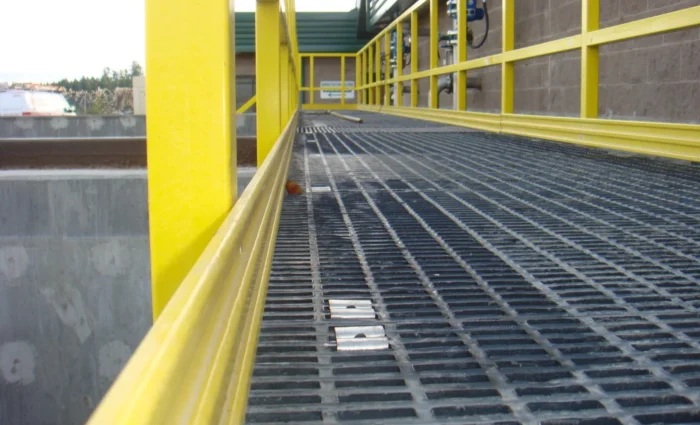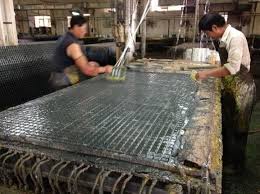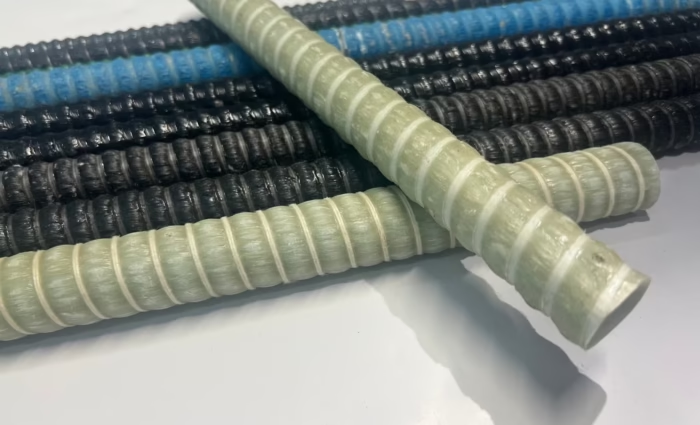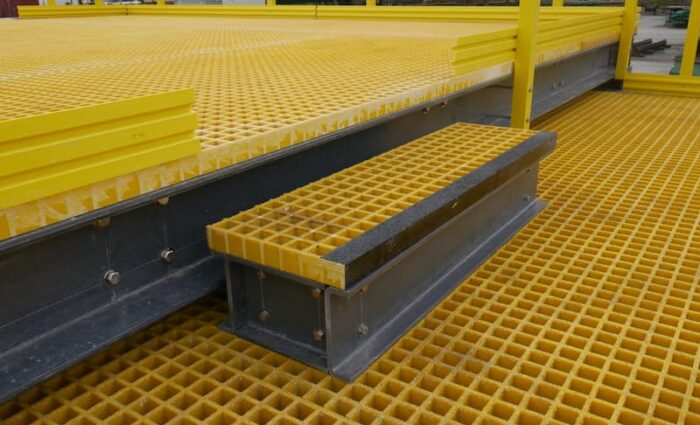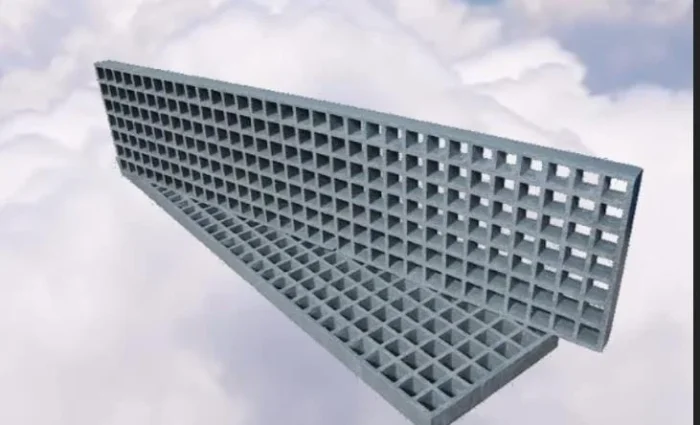The Importance of Molded Fiberglass Grating
October 23, 2025
In the modern construction landscape, the push for eco-friendly materials has never been greater. Sustainable building practices are now essential for fostering a healthier environment. Among the various green building solutions, molded fiberglass grating emerges as a particularly versatile and sustainable choice. This article delves into the significance of molded fiberglass grating in sustainable construction, […]
Read more

